
Do you have a question about the IBM IC25N040ATCS04 - Travelstar 40 GB Hard Drive and is the answer not in the manual?
Defines common abbreviations used throughout the document.
Details the functions of the drive's control electronics.
Describes the technologies used in the head disk assembly.
Provides formatted capacity details for each drive model.
Lists key data sheet specifications for the drives.
Details cylinder allocation across different models.
Defines command overhead time for drive operations.
Details mechanical positioning performance metrics.
Specifies transition times between different operating modes.
Describes the drive's operating mode after power on or reset.
Explains adaptive control for power saving modes.
Discusses potential data loss scenarios related to power interruptions.
Explains the function and implications of the write cache feature.
Describes how equipment status is reported to the host system.
Details reallocation for unrecoverable write errors.
Details reallocation for nonrecoverable read errors.
Details reallocation for recovered read errors.
Specifies environmental operating and non-operating conditions.
Details power consumption efficiency in Watts per GB.
Quantifies data reliability and error correction capabilities.
Explains the drive's support for S.M.A.R.T. failure prediction.
Provides guidelines for mitigating cable noise interference.
Defines conditions for achieving the drive's service life.
Describes the emergency unload mechanism and its implications.
Specifies the correct sequence for powering off the drive.
Lists the physical dimensions and weight of the drive.
Illustrates the mounting hole locations for the drive.
Specifies vibration levels the drive can withstand during operation.
Details random vibration profile breakpoints during operation.
Details swept sine vibration specifications for operation.
Details random vibration profile breakpoints for non-operation.
Details swept sine vibration specifications for non-operation.
Specifies the A-weighted sound power level criteria.
Indicates certification for EC Directive 89/336/EEC.
Indicates compliance with Australian EMC standard AS/NZS 3548.
Details UL and CSA approval for IT equipment safety.
Confirms compliance with IEC 950:1991 standard.
Notes approval by TUV for EN 60950 standard.
Describes flammability rating of printed circuit boards.
Addresses secondary circuit protection responsibility.
Specifies maximum cable length for host to drive connection.
Details the 50-pin connector for ATA attachment.
Details timings for initiating Ultra DMA read operations.
Specifies the default jumper setting for drive addressing.
Introduces the host interface specification for the drive.
Defines key terms used in the interface specification.
Describes the alternate status register bits.
Details the command register for sending commands.
Describes the cylinder high register for disk access.
Describes the cylinder low register for disk access.
Details the device's response to different types of resets.
Describes the load/unload mechanism and commands.
Details the emergency unload process and its stress.
Specifies the mandatory sequence for powering down the drive.
Explains the logical Cylinder, Head, Sector addressing mode.
Explains the Logical Block Addressing mode.
Describes the different power modes of the drive.
Lists commands used for managing power states.
Details the timing for standby/sleep command completion.
Describes the performance idle mode operation.
Describes the active idle mode and its power consumption.
Describes the low power idle mode and its power savings.
Explains the dynamic management of transition times.
Defines attributes used for analyzing device status.
Explains how attribute values represent reliability.
Defines attribute thresholds for condition assessment.
Describes conditions indicating potential degradation or failure.
Lists commands for accessing S.M.A.R.T. data.
Describes the available security modes: Locked, Unlocked, Frozen.
Outlines the security levels: High and Maximum.
Explains Master and User password types.
Example of setting an initial Master Password.
Example of setting a User Password and entering lock mode.
Example operation for protected area in LBA mode.
Details commands for setting max security extensions.
Describes enabling/disabling the address offset feature.
Details enabling/disabling the delayed write function.
Explains the automatic reallocation of sectors.
Lists commands for transferring data from device to host.
Checks the drive's power status and media accessibility.
Restores device settings to original state.
Lists subcommands for accessing S.M.A.R.T. data.
Identifies the version of the device attribute data structure.
Specifies the version of the S.M.A.R.T. error log.
Points to the most recent error log data structure.
Contains the total number of errors detected.
Defines the data format for each error log entry.
Compares command support across models and ATA-5 standard.
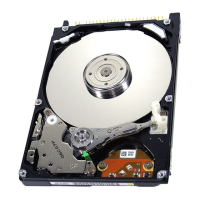
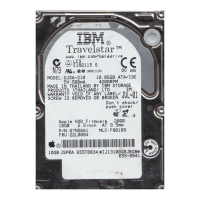



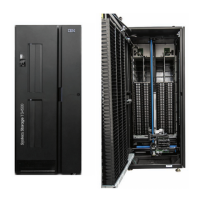
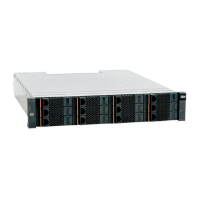
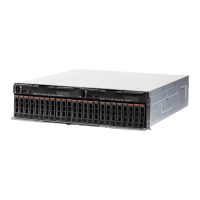
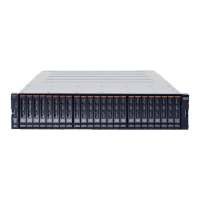
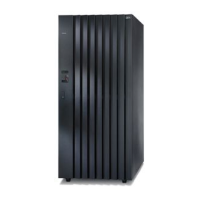
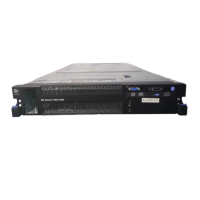
